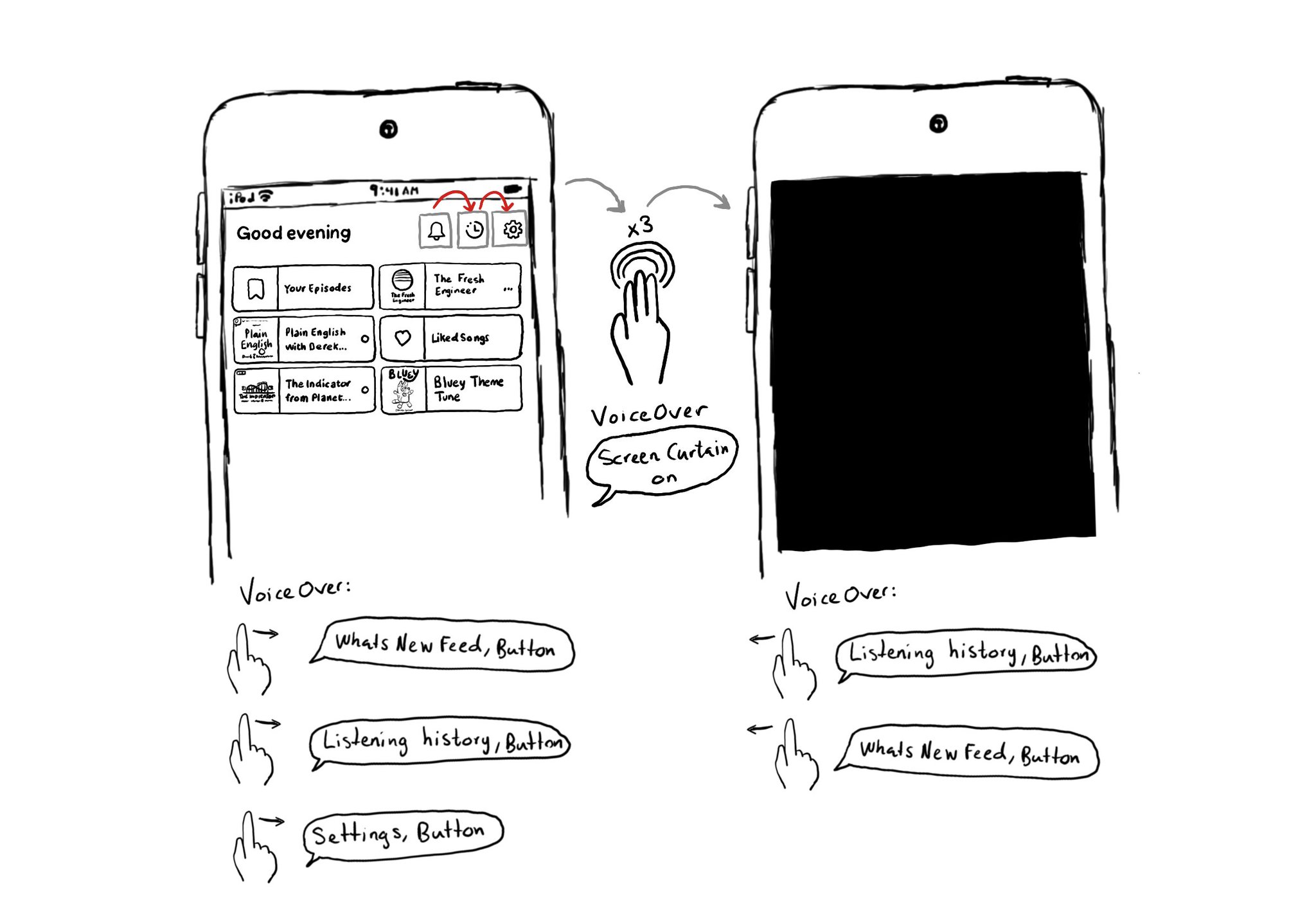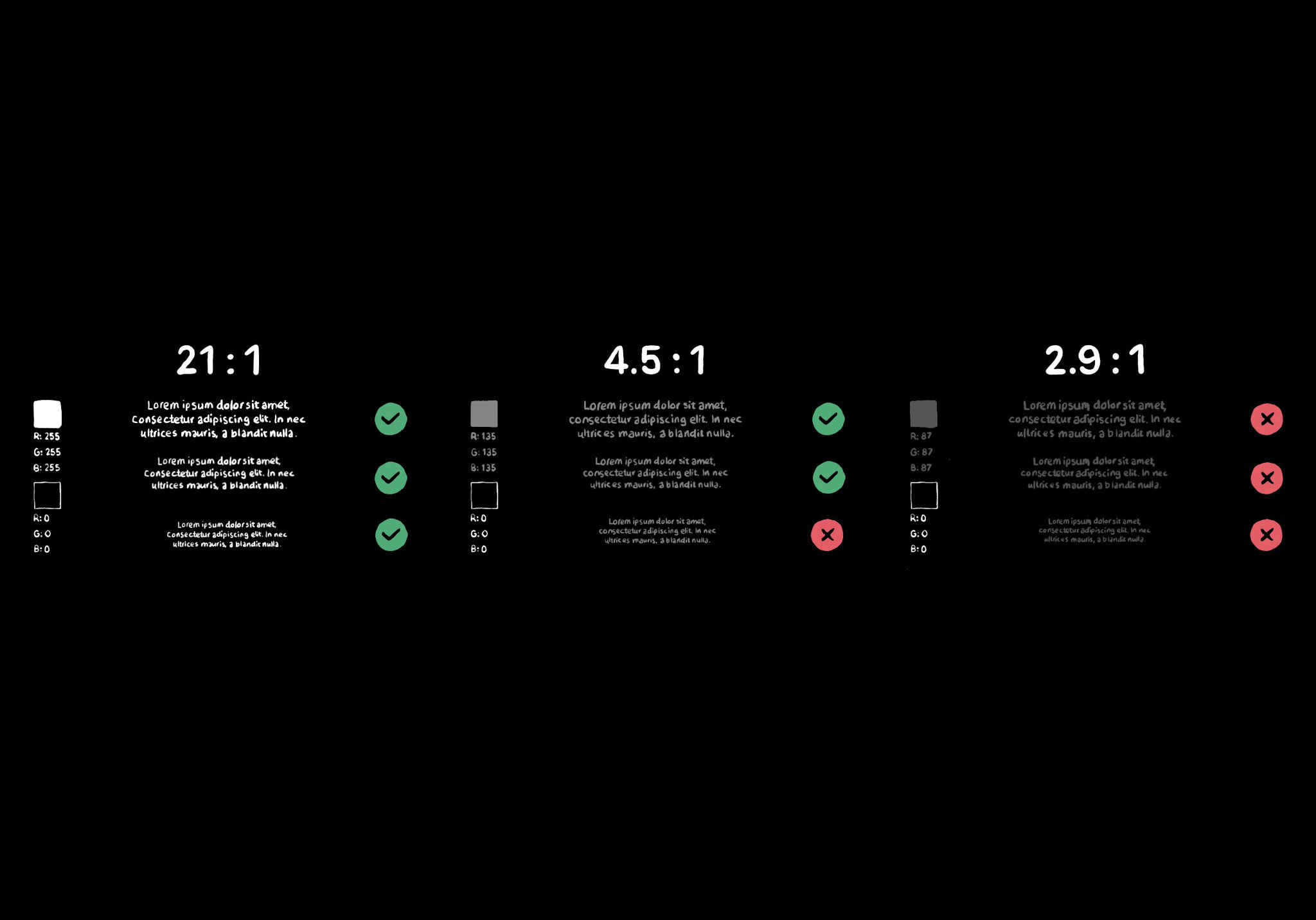It is useful to know these VoiceOver gestures to activate/deactivate Screen Curtain, pause/resume VoiceOver, easily simulate a long press for opening context menus, or quickly move the cursor to the screen's first or last elements.

You may also find interesting...

This is my favorite way of testing VoiceOver. Pick a flow in your app. Turn VoiceOver on. Triple tap with three fingers on the screen to enable Screen Curtain. The screen goes off but you can still navigate your device with VoiceOver.
An accessibility trait is the role of the component. Among other things, it gives the user information on how they can interact (or not) with it. When using VoiceOver, the trait is usually (not always) read after the accessibility label. At the time of writing this tweet, there are 18 different accessibility traits: https://developer.apple.com/documentation/uikit/uiaccessibilitytraits Some examples are: button, header, selected, adjustable or not enabled.

Color contrast between text and background is very important for perceivability. As colors come closer to each other, they’re more difficult to distinguish. Notice that colors that work well with big font sizes may not for smaller text.